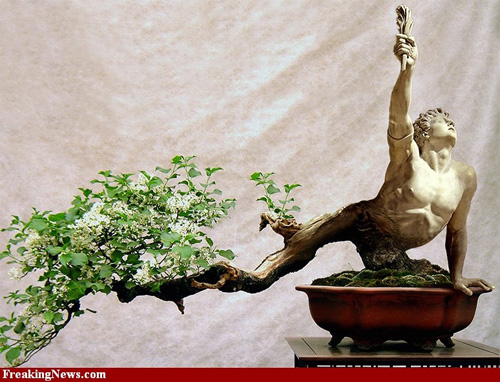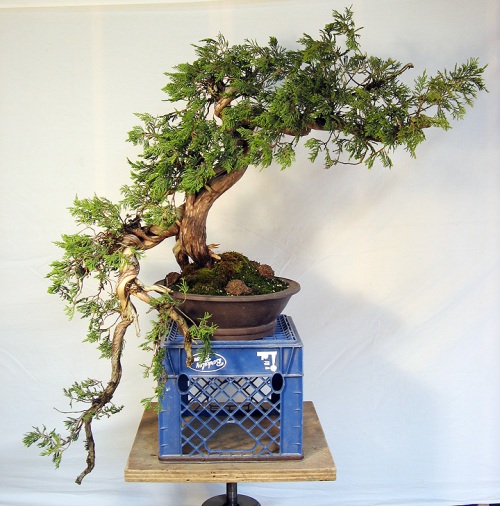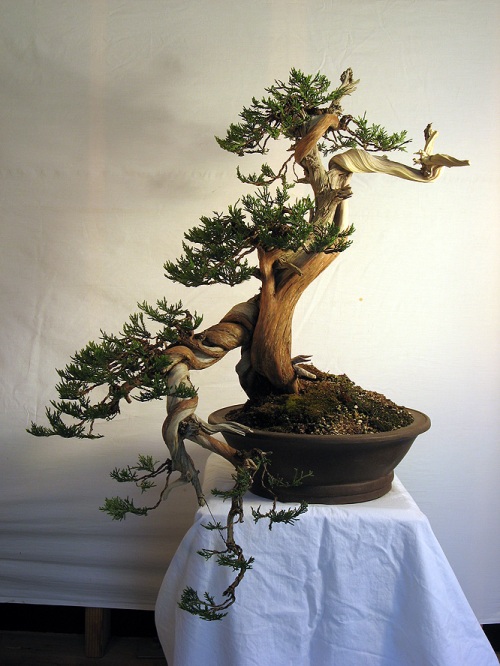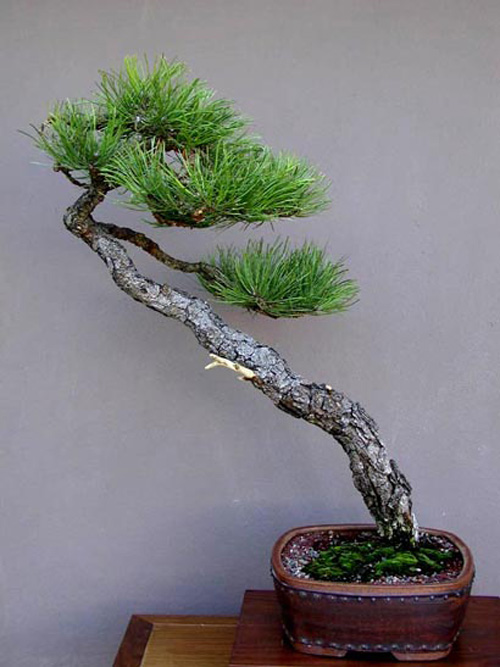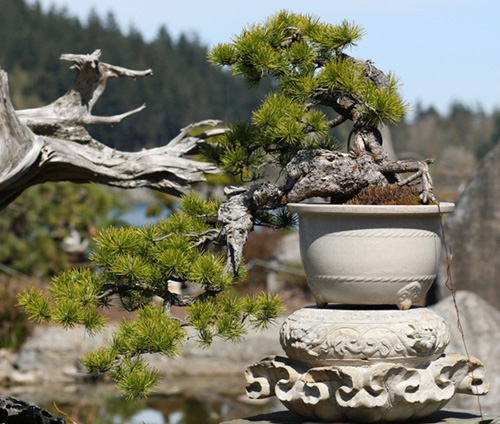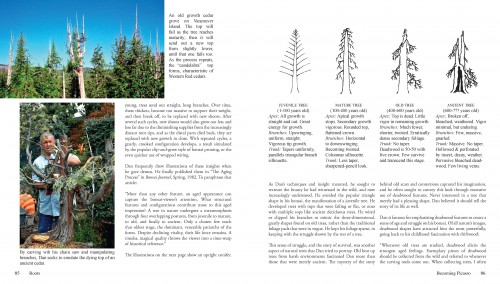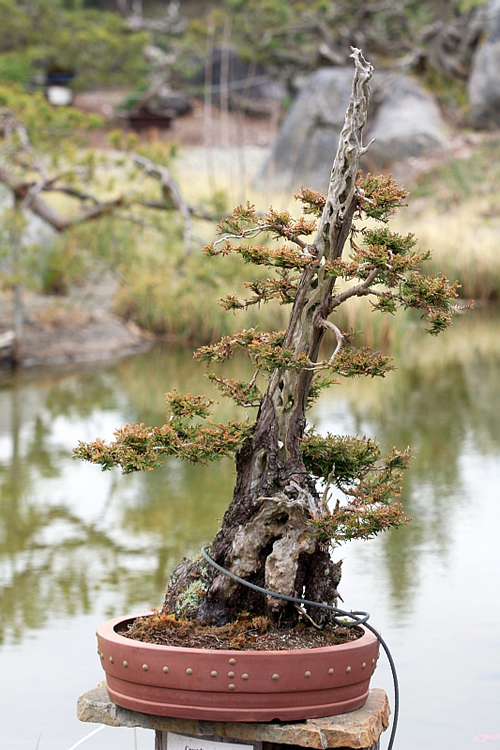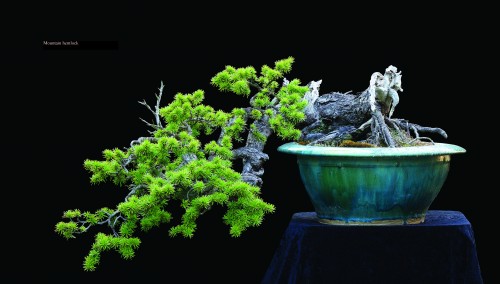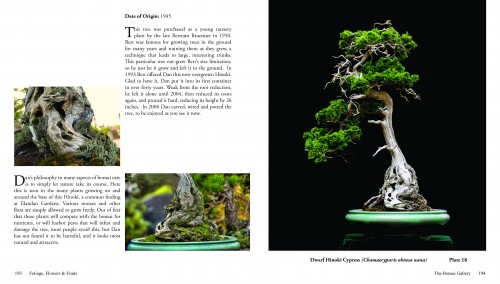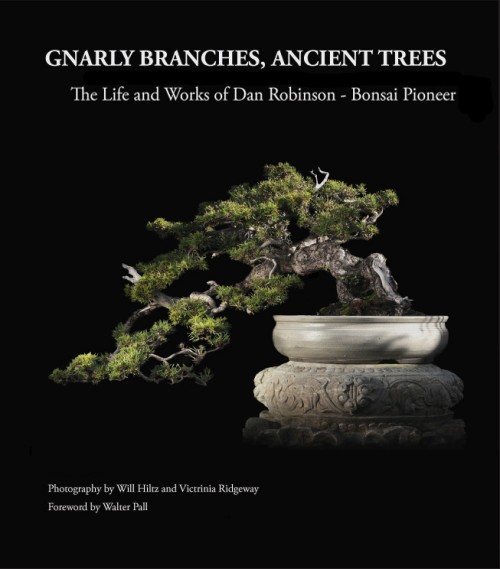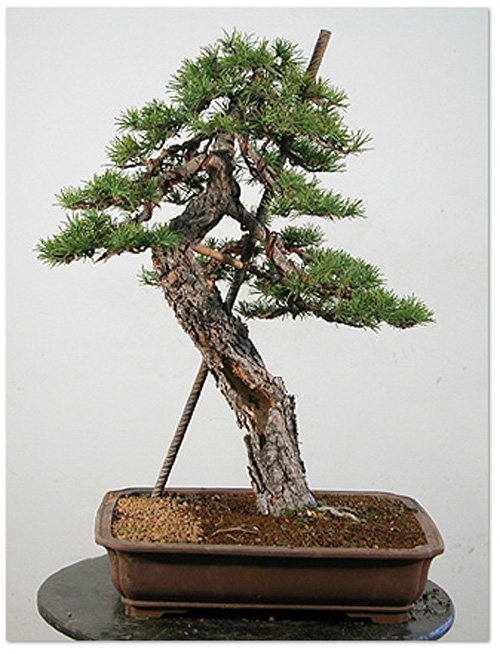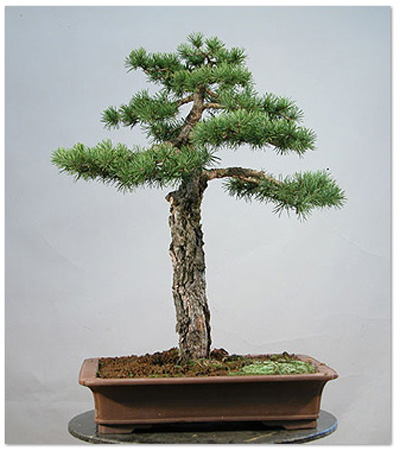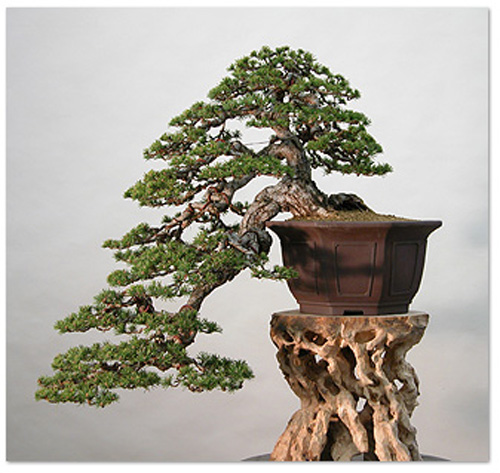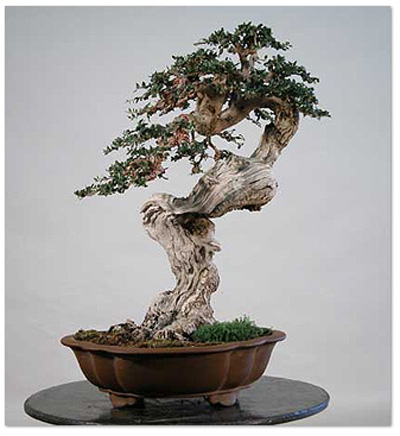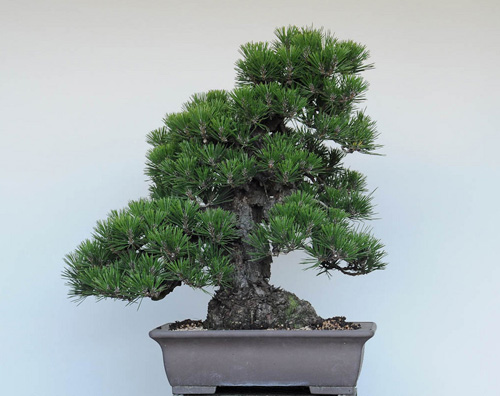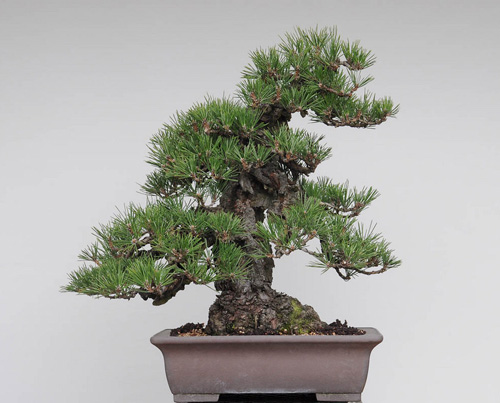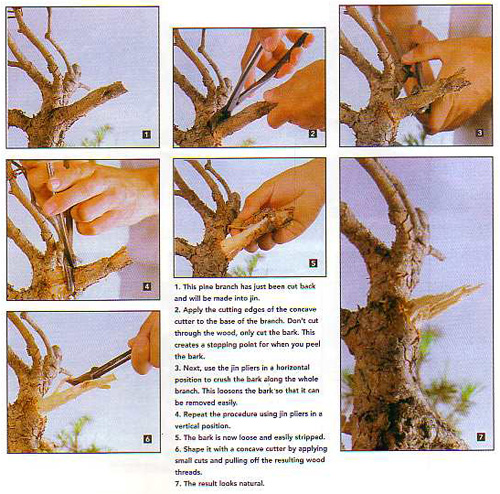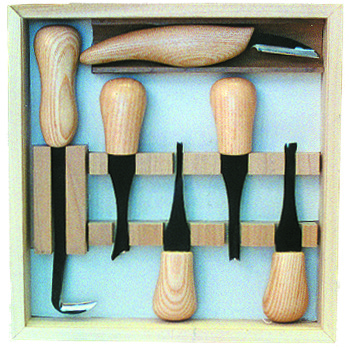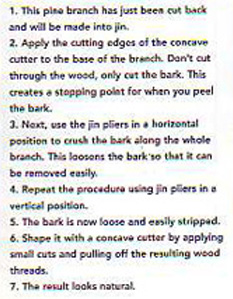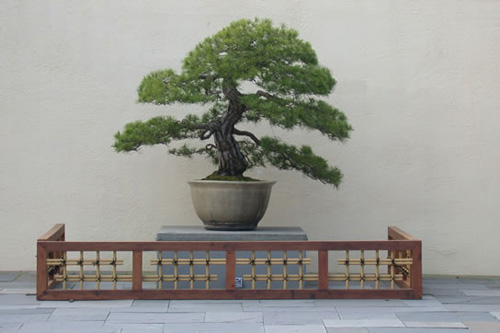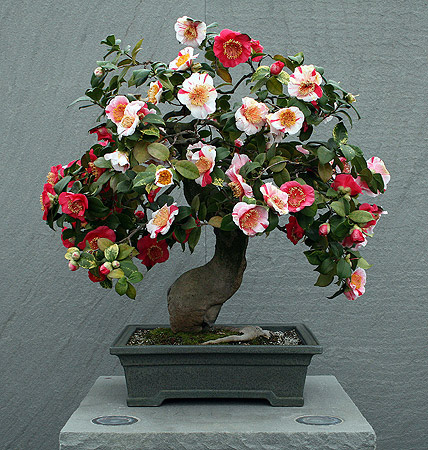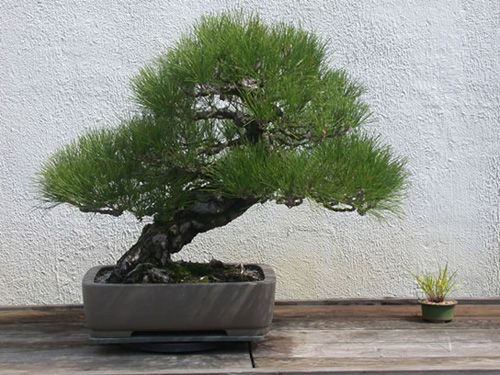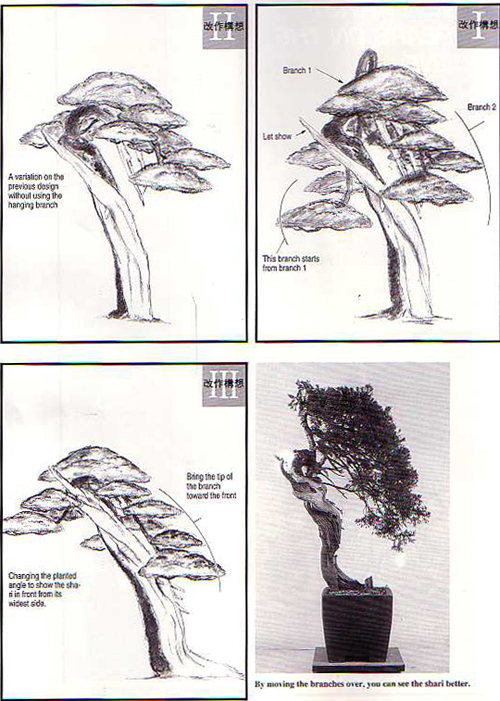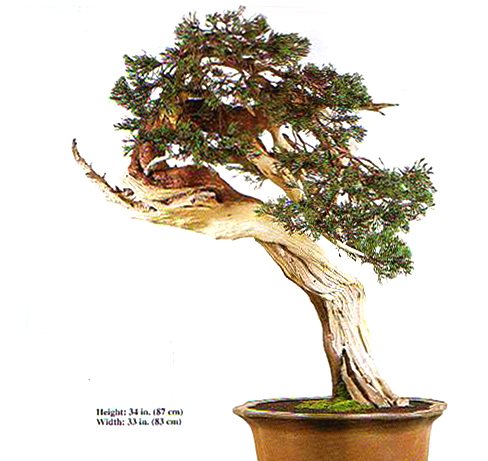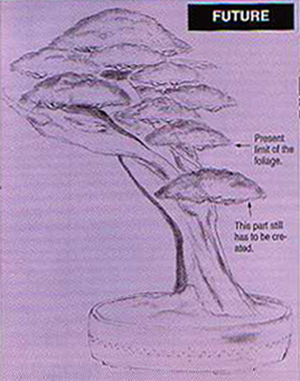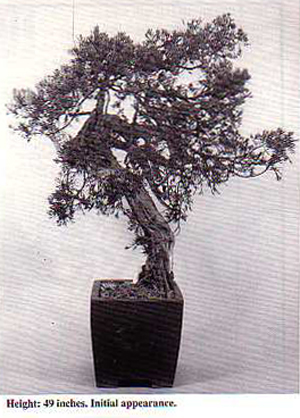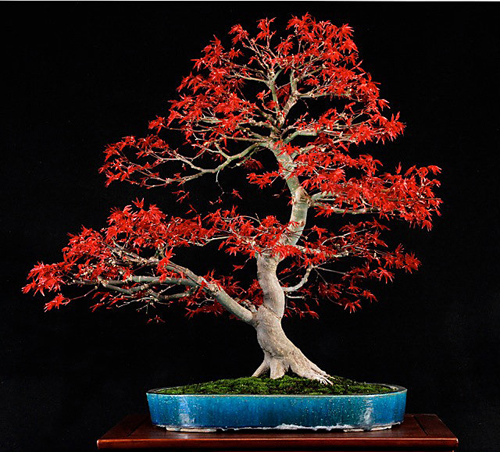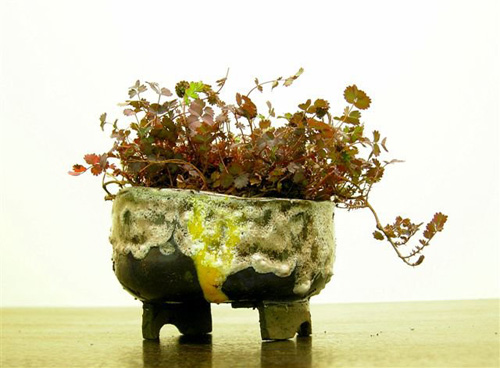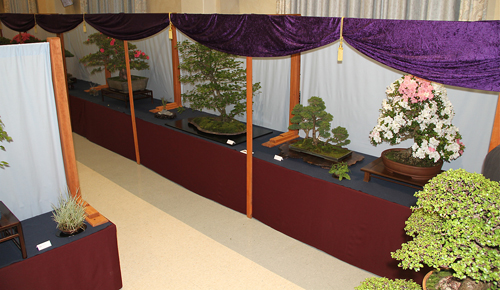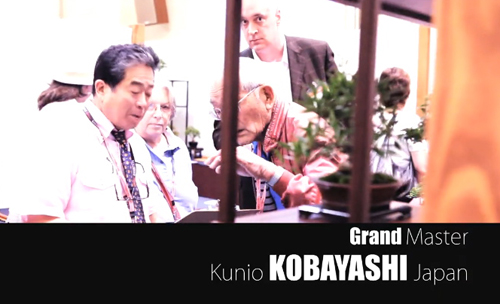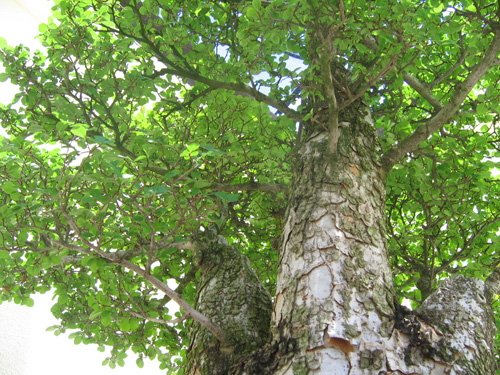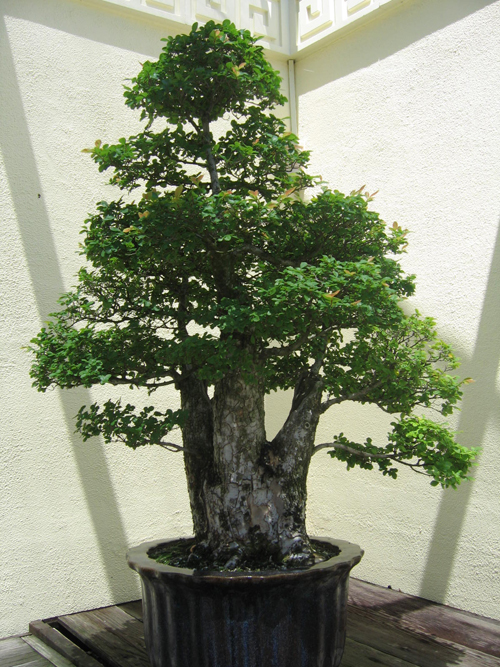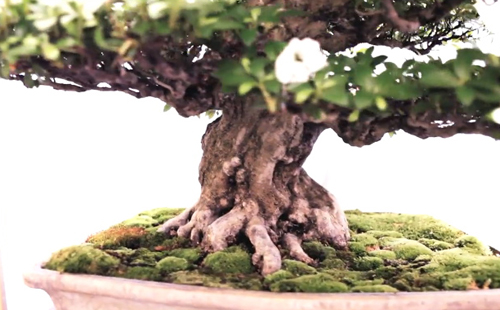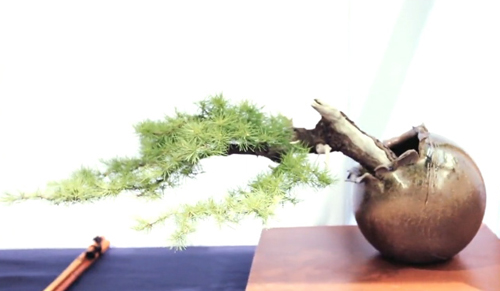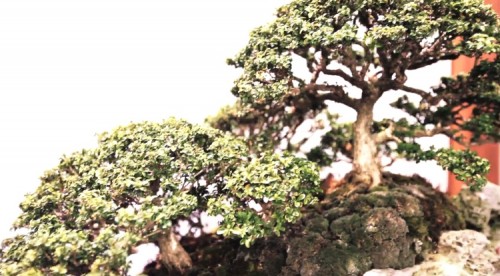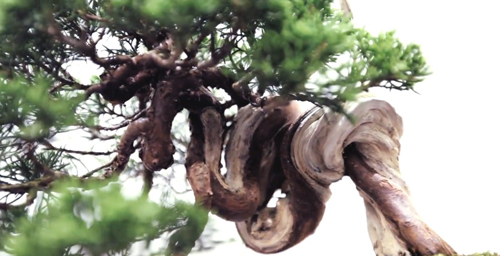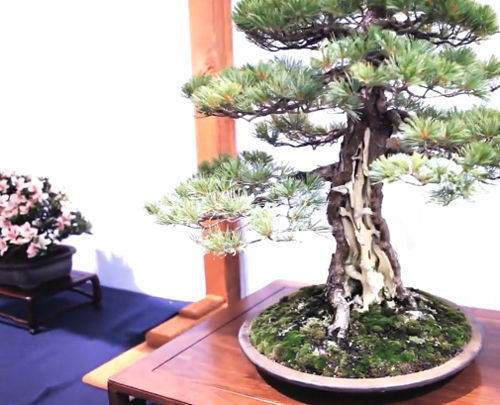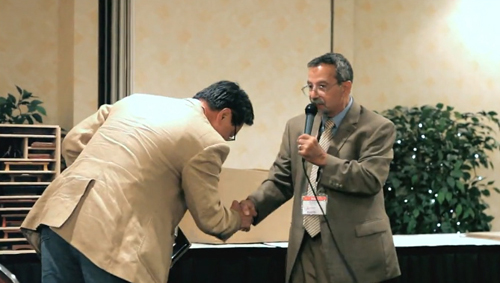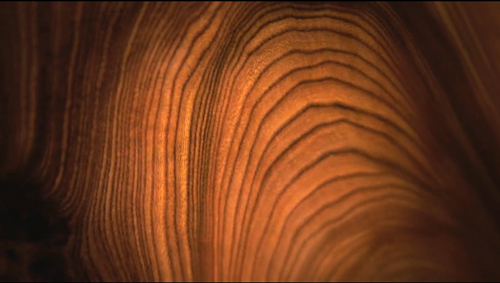Source: Bonsai Tonight
Decandling techniques
The practice of decandling refers to the removal of spring growth on pine bonsai. The goal of the practice is to balance growth and reduce needle size. Simply removing spring growth from a pine will result in smaller needles, but it will only go so far towards balancing the tree’s growth. Over time, the bonsai community has developed a number of techniques for this. The method I learned first is sometimes referred to as the “10-day technique” or even the “10-day, 10-day, 10-day” technique. It’s easy to learn and it works well. The steps:
- Divide the tree’s growth into 4 zones depending on vigor. Zone 1 is the weakest, zone 4 the strongest. (See “Decandling basics” for details)
- Remove the new growth in zone 2.
- 10 days later, remove the shoots in zone 3.
- Another 10 days later, remove the shoots in zone 4.
The process takes 20 days to complete. How does it work? The longer a shoot has to develop, the more time it has to gain vigor. By removing weaker shoots before removing the more vigorous shoots, we give the weaker shoots more time to “catch up” and grow strong. Stronger shoots get less time to develop – this keeps them in check. The very weakest shoots are left alone. Decandling very weak branches can significantly slow them down or bring them to a stop. Letting them grow for a year increases their strength.
Do I need to divide a tree into 4 zones? What if I wait more – or less – than the required “10-days” between removing each set of new growth? Adjustments to the basic technique are always available. What if I don’t have time to work on my tree three times over the next three weeks? There is a technique for that too.
The next method I learned is sometimes called the “stub technique.” It’s a great way to decandle a tree in a single day. The steps:
- Divide the tree’s growth into 4 zones depending on vigor. Zone 1 is the weakest, zone 4 the strongest.
- Remove the new shoots from zone 2.
- Remove the shoots from zone 3 – leave a small stub at the base of these shoots.
- Remove the shoots from zone 4 – leave a large stub at the base of these shoots.
“Small” stubs are about as long as the diameter of the shoot. “Large” stubs are about twice as long.
Spring growth
Spring growth removed
Large stub
Small stub
No stub
No stub – detail
Where, precisely, to make the cut for the weak “no stub” branches? Just above the line between last year’s growth and the spring shoot. Because adventitious buds develop from tissue in the new growth, cutting into last year’s growth prevents adventitious buds from forming and encourages needle buds instead. This subtle difference defines a line between decandling and pruning.
What makes the stub technique work? I’m not sure. Somehow leaving a stub slows summer growth making it a great technique for balancing a tree’s growth.
There are a number of refinements on this technique. Instead of leaving stubs, I sometimes remove needles from the more vigorous shoots. Sometimes I leave stubs and remove needles – it depends on the relative vigor of the branch I’m working on. I’ll say more about that later this week.
Read more!
